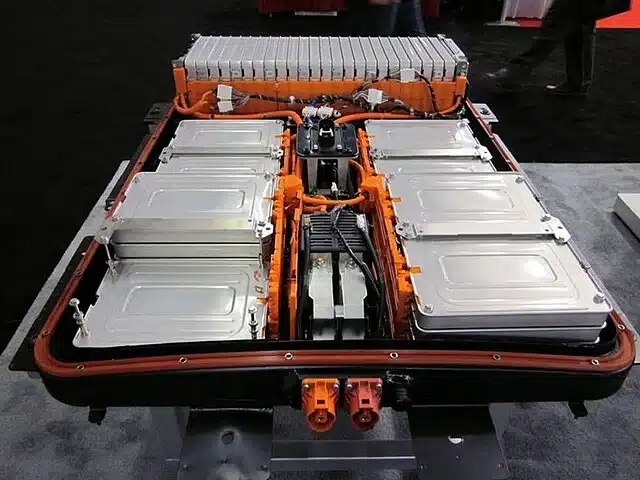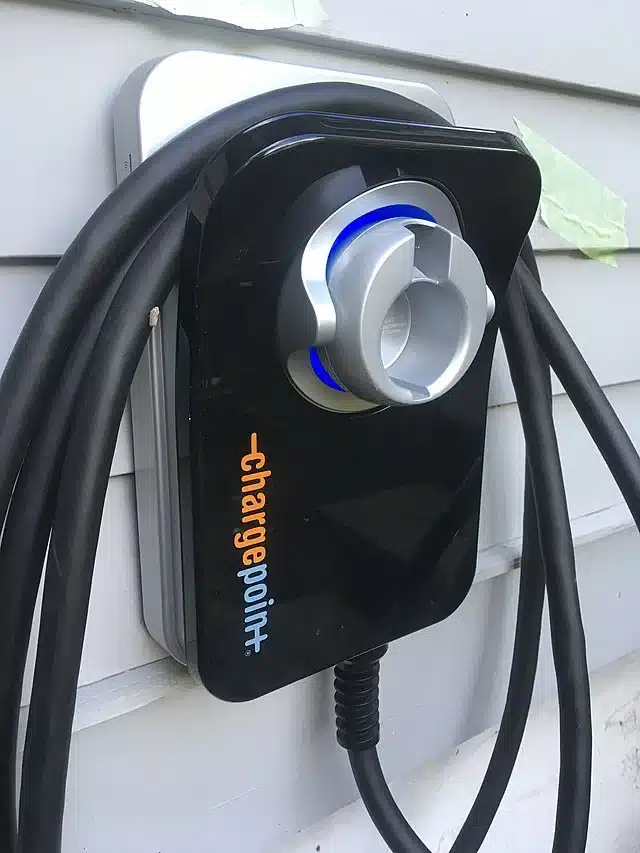EV batteries could power homes and grids if automakers embrace bidirectional charging
Published on Aug 11, 2025 at 12:28 PM (UTC+4)
by Daisy Edwards
Last updated on Aug 07, 2025 at 2:29 PM (UTC+4)
Edited by
Emma Matthews
EV batteries could power homes and national grids if automakers embrace bidirectional charging, but it depends on where you live.
Particularly in parts of Australia and New Zealand, people have a lot of power to use, as excess solar power is stored throughout the summer. But running the AC as well as charging cars is going to cost a lot.
Batteries found in EVs are way bigger than the average household system, so the power it takes to charge an EV could be enough to power a household.
Through bidirectional charging technology, electricity could flow both in and out of a battery, meaning it can feed energy back into the grid and power your EV at the same time.
EXPLORE SBX CARS – Supercar auctions starting soon powered by Supercar Blondie
Automakers need to embrace bidirectional charging
EV automakers would solve a lot of problems if they embraced bidirectional charging, which allows electricity to flow both in and out of an EV battery.
This means that EVs could serve a dual purpose where they both feed energy back into the grid when they’re being charged, as well as powering your home.
The need for this would vary based on location, because places like Australia and New Zealand have a lot of stored solar power in the grid to feed off.
Bidirectional power would also offer a backup power source for homes during outages or emergencies and be a great place to store and use renewable energy sources, making it good for the environment.

Why aren’t EV batteries powering our homes now?
It would be more expensive for automakers to embrace bidirectional charging, so there’s very little incentive for them to contribute to everyone’s power needs.
We also don’t really have the appropriate infrastructure or policy support in a lot of areas to make this a viable option, particularly in more remote areas. Also, some EVs just don’t support the technology yet.
This idea needs to make financial sense to local governments. They’d also need to invest in compatible infrastructure and update regulations for it to be taken up on a widespread scale.
Consumers need incentives and education to adopt these systems, and so the backing of automakers and lawmakers alike is of the utmost importance.
The future looks electric, but only time will tell if that electricity is bidirectional or not.

DISCOVER SBX CARS: The global premium car auction platform powered by Supercar Blondie
Daisy Edwards is a Content Writer at supercarblondie.com. Daisy has more than five years’ experience as a qualified journalist, having graduated with a History and Journalism degree from Goldsmiths, University of London and a dissertation in vintage electric vehicles. Daisy specializes in writing about cars, EVs, tech and luxury lifestyle. When she's not writing, she's at a country music concert or working on one of her many unfinished craft projects.




